GPT Chess - Chess Strategy and Analysis
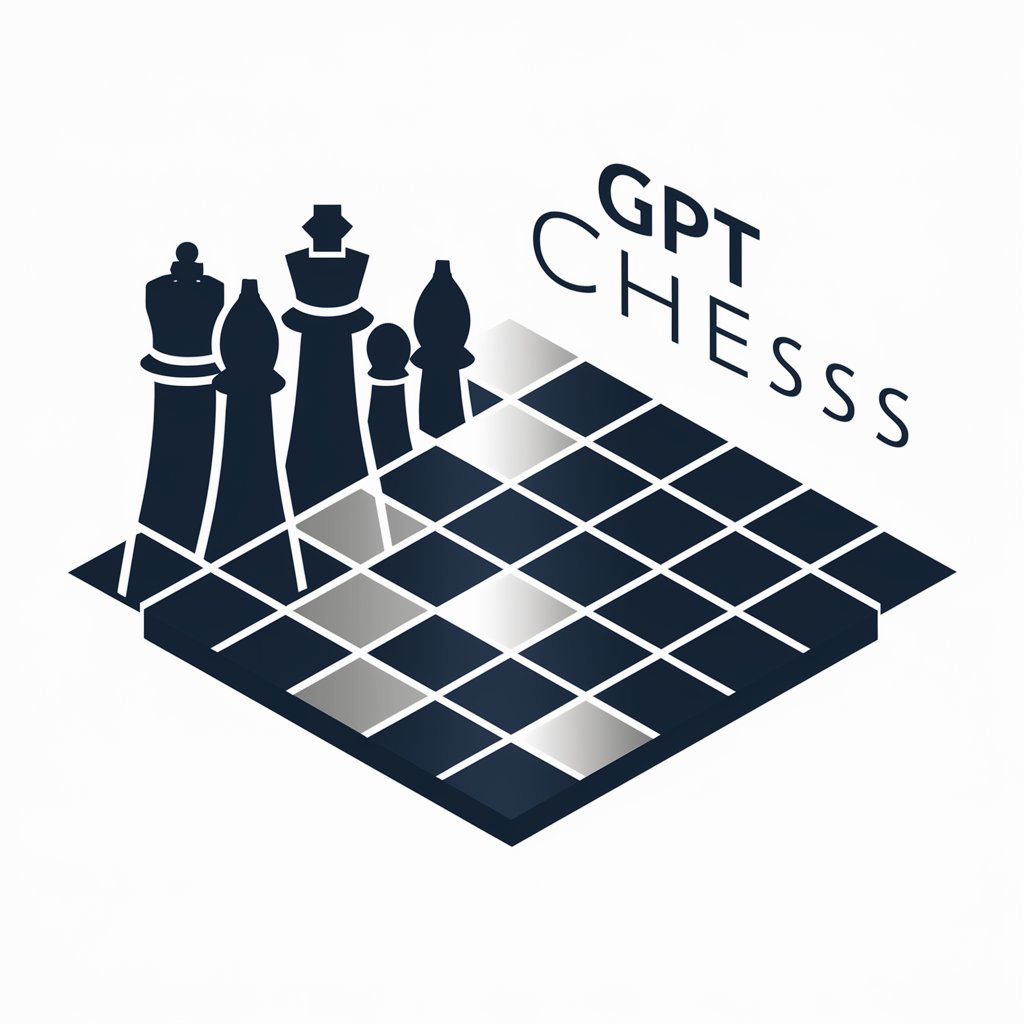
Ready for a game of chess? Let's make your move!
Elevate Your Chess Game with AI
Analyze the board position and suggest the best move for White.
Explain the strategies behind the Sicilian Defense opening.
Describe the potential endgame scenarios for this position.
Identify the key tactics used in the King's Gambit.
Get Embed Code
Introduction to GPT Chess
GPT Chess is a specialized version of the ChatGPT model, designed specifically for playing chess with users and providing a rich, interactive chess-playing experience. It operates by communicating with users in natural language and utilizing the rules and strategies of chess to play games. The design purpose of GPT Chess is to offer an accessible and engaging way for people to play chess, learn about the game, and improve their skills. This is achieved through simulating a game environment where moves are made using algebraic notation, a standard method of recording and describing the moves in a game of chess. For example, GPT Chess can start a game by asking the user if they would prefer to play as white or black, then proceed to play the game, offering commentary on moves, strategies, and potential outcomes. This interactive setup not only provides entertainment but also educational value, as it can introduce beginners to chess concepts and offer practice to more experienced players. Powered by ChatGPT-4o。

Main Functions of GPT Chess
Playing Chess Games
Example
Users can start a new chess game at any time by choosing their color (white or black) and making moves in algebraic notation. GPT Chess responds with its own moves, also in algebraic notation.
Scenario
A beginner wanting to practice chess could start a game against GPT Chess to learn basic moves and strategies. An intermediate player could use it to sharpen their tactics by analyzing GPT Chess's moves.
Providing Commentary and Analysis
Example
After each move, GPT Chess offers insights into the game's current state, including comments on the opening used, tactical opportunities, potential threats, and strategic advice.
Scenario
During a game, a user might move their knight to a vulnerable position. GPT Chess could highlight this strategic error, explaining the risks and suggesting a better positioning strategy.
Educational Content
Example
GPT Chess can teach users about different chess openings, endgame strategies, and famous historical games, providing a deeper understanding of chess beyond just playing.
Scenario
A user curious about the Sicilian Defense could ask GPT Chess for an explanation and examples of this opening, allowing the user to explore this strategy's nuances and variations.
Ideal Users of GPT Chess Services
Chess Beginners
Individuals new to chess who are seeking an easy and interactive way to learn the game, understand the basic rules, and practice simple strategies. GPT Chess provides a friendly and forgiving environment for new players to make mistakes, learn from them, and gradually improve their skills.
Intermediate Chess Players
Players with a basic understanding of chess who want to refine their skills, learn new strategies, and challenge themselves against a non-human opponent. GPT Chess offers these users the opportunity to explore advanced tactics, play against different styles, and receive constructive feedback on their play.
Chess Enthusiasts and Hobbyists
Individuals with a passion for chess who enjoy playing regularly and seek to engage with the game in a casual or semi-serious manner. They might use GPT Chess to fill gaps when human opponents are unavailable, to experiment with new openings in a risk-free environment, or simply for the enjoyment of playing chess and learning about its vast history and theory.

How to Use GPT Chess
Initiate a Session
Start by visiting a platform offering GPT Chess for a hassle-free trial, no login or ChatGPT Plus subscription required.
Choose Your Color
Decide if you want to play as white or black. This choice will determine the order of play, with white moving first.
Understand Chess Notation
Familiarize yourself with algebraic notation, the standard method for recording and describing chess moves, to effectively communicate your moves.
Make Your Move
Enter your move using algebraic notation. GPT Chess will respond with its move, also in algebraic notation, and update the board accordingly.
Analyze and Learn
Use the provided FEN string and analysis link to review the board's position on external chess analysis platforms. This can help improve your strategy and understanding of the game.
Try other advanced and practical GPTs
Happy Monday AI
Elevate Your Resume with AI

Markdown Converter
Transforming Markdown to HTML with AI

Plot Untwister
Unraveling Your Story's Potential, AI-Powered
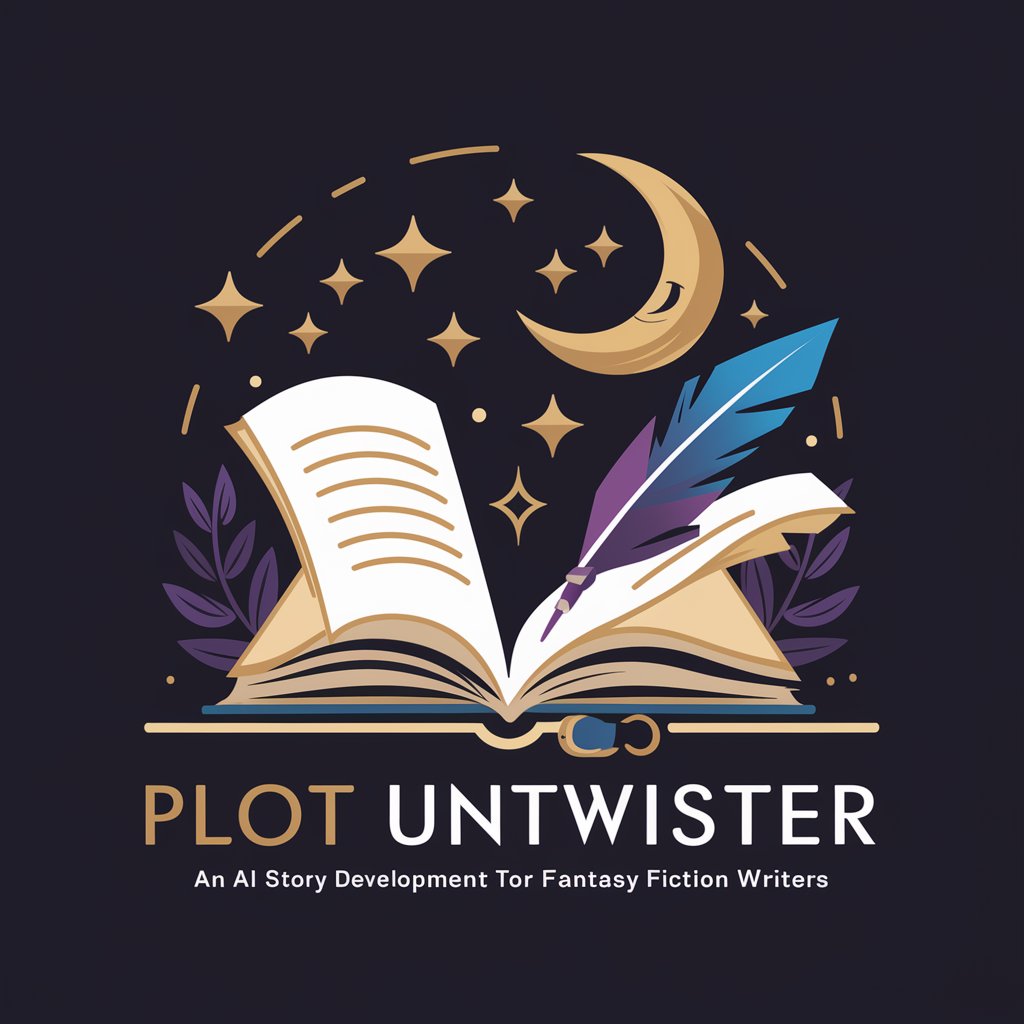
Time Voyager
Explore, Imagine, Discover: AI-Powered Time Travel

Founder Family
Empowering Innovation with AI

MortgageMateGPT
Guiding Your Home Loan Journey with AI

Board Game Matchmaker
Discover Your Next Favorite Game, AI-Powered
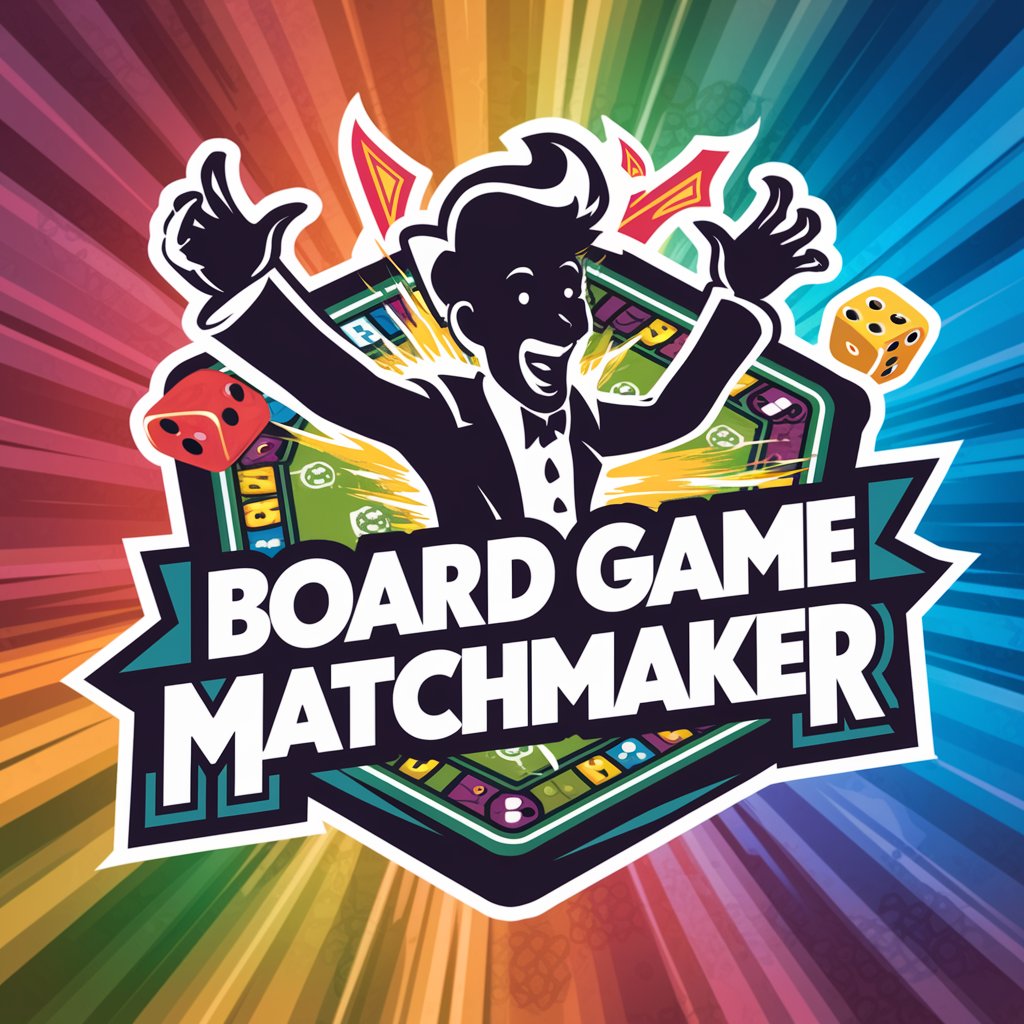
South Park Atron
Turn yourself into a South Park character!
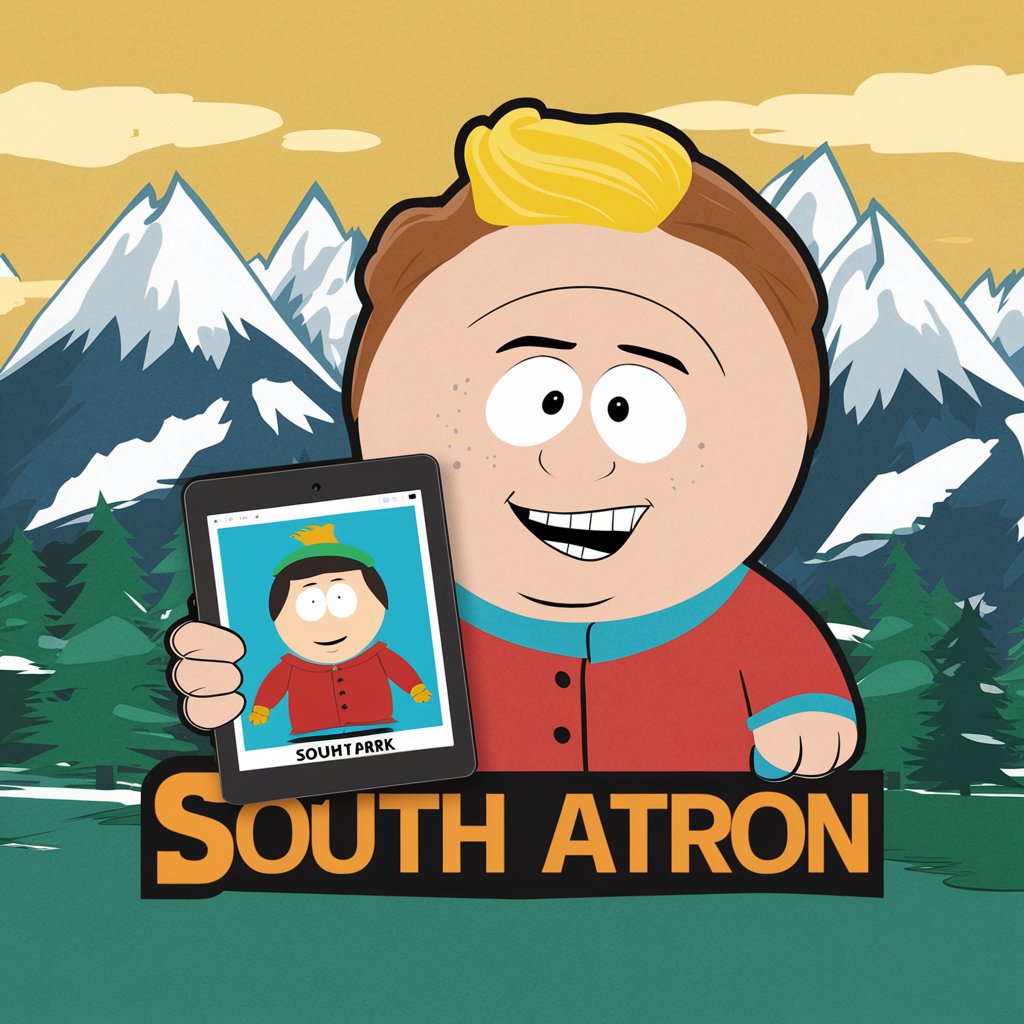
Comic Book Researcher
Unveiling the World of Comics with AI
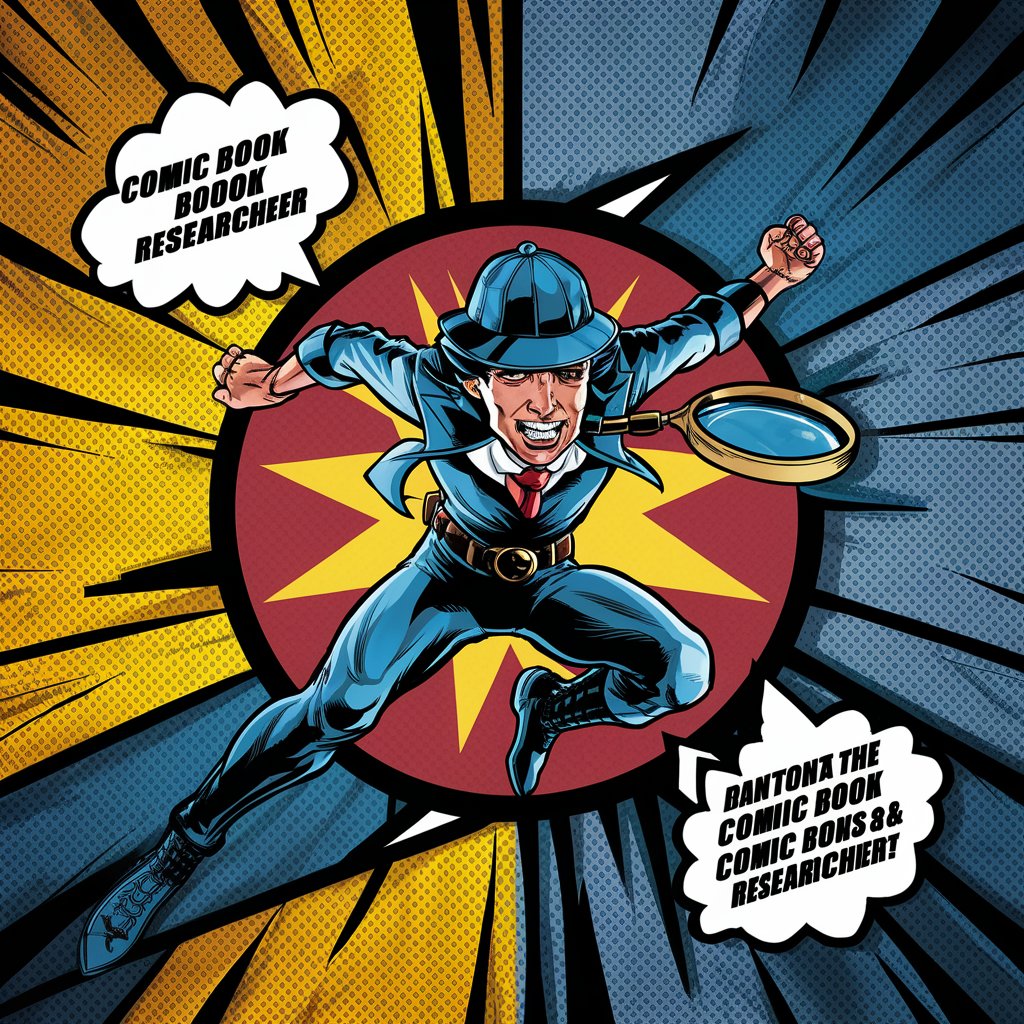
EddieGPT
Empowering Decisions with AI Expertise
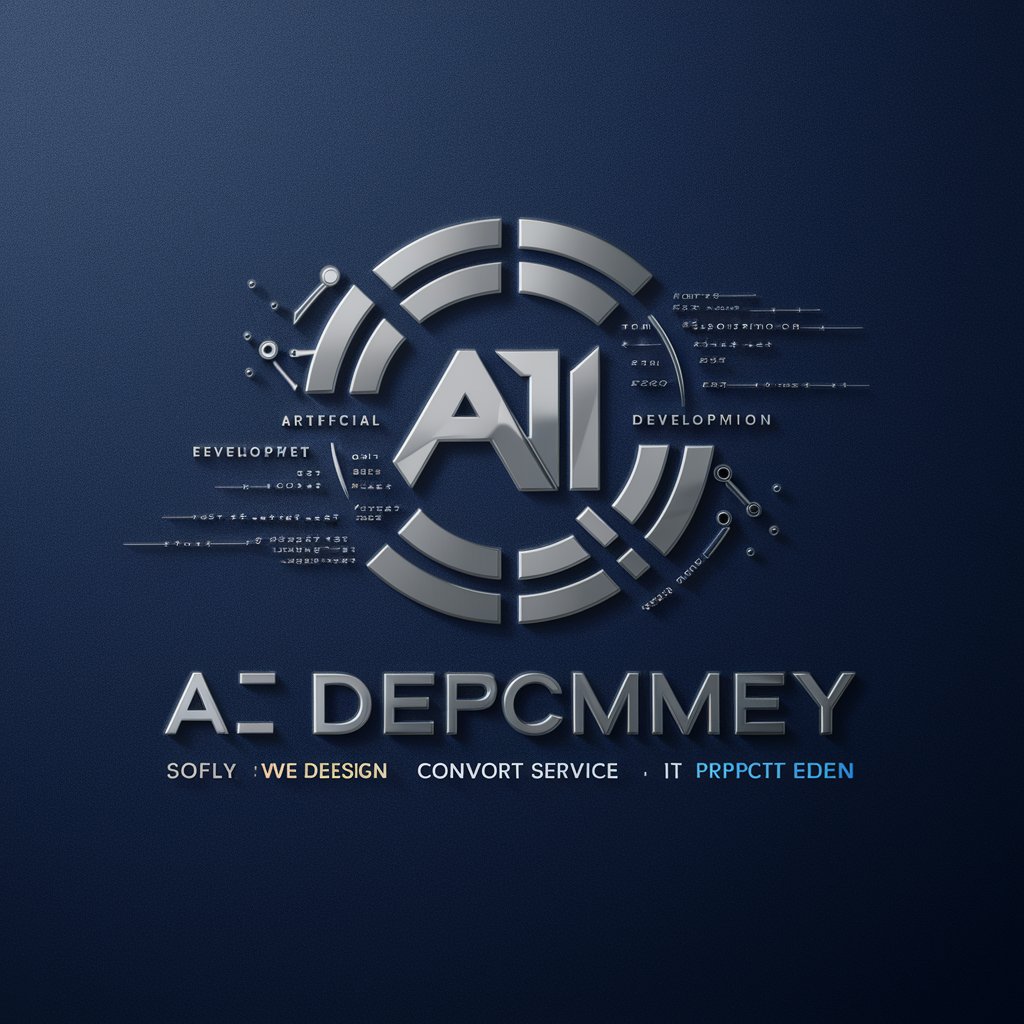
CARTEADORA
Craft Your Path to Success with AI
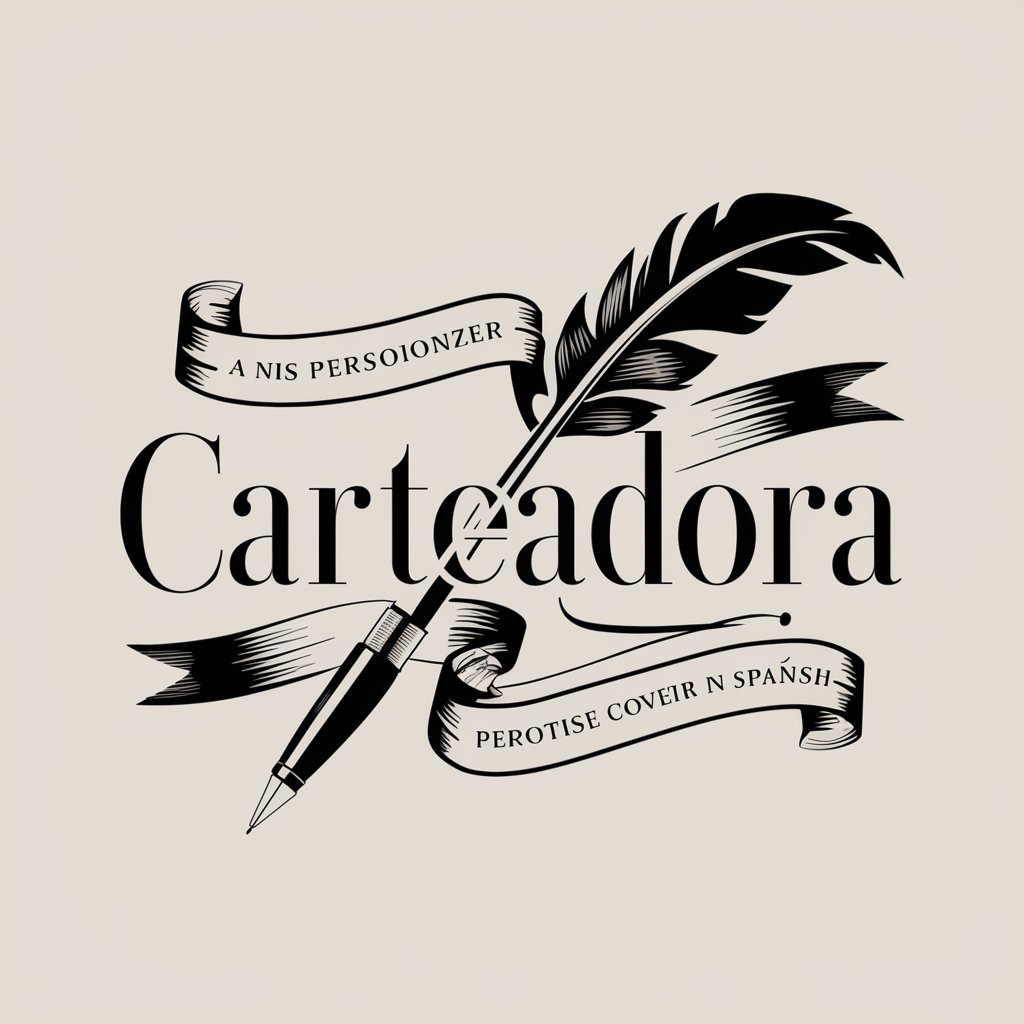
Idea2ViralVid4TicT0k
Craft viral TikTok videos with AI

Frequently Asked Questions about GPT Chess
What is algebraic notation in chess?
Algebraic notation is a method used to record moves in chess, identifying squares based on a coordinate system. For example, 'e4' means moving a piece to the square at column e and row 4.
Can GPT Chess help improve my chess skills?
Yes, playing against GPT Chess and using the analysis link to study game positions can significantly improve your strategic thinking and understanding of chess tactics.
Is GPT Chess suitable for beginners?
Absolutely. GPT Chess is designed for players of all skill levels. Beginners can benefit from practicing moves and learning about the game in a forgiving environment.
How does GPT Chess make its moves?
GPT Chess analyzes the current board position, considering various strategies and tactics, to determine the most effective move based on its programming and chess knowledge.
Can I use GPT Chess to play against another human?
GPT Chess is primarily designed for playing against the AI. However, you can use it to simulate moves for both sides if you want to explore specific scenarios or strategies with another person.
